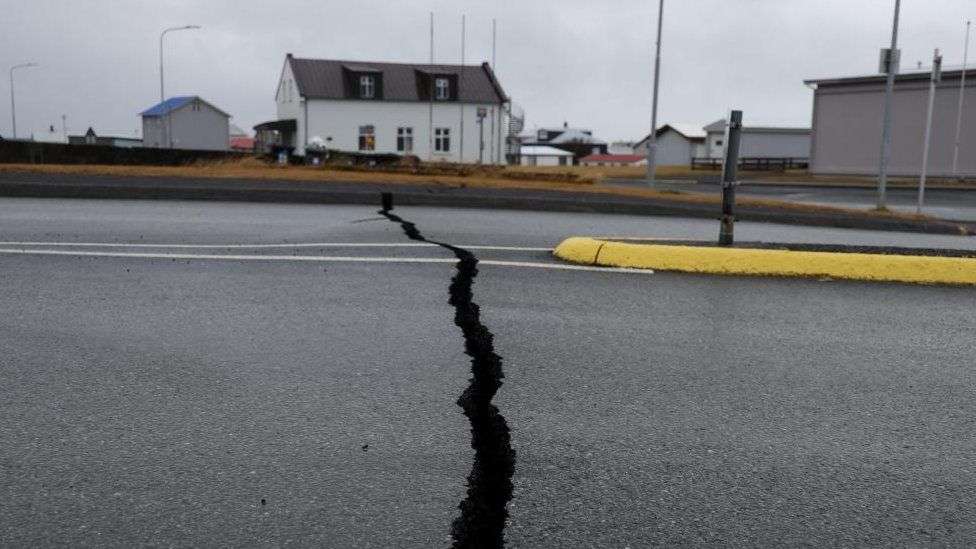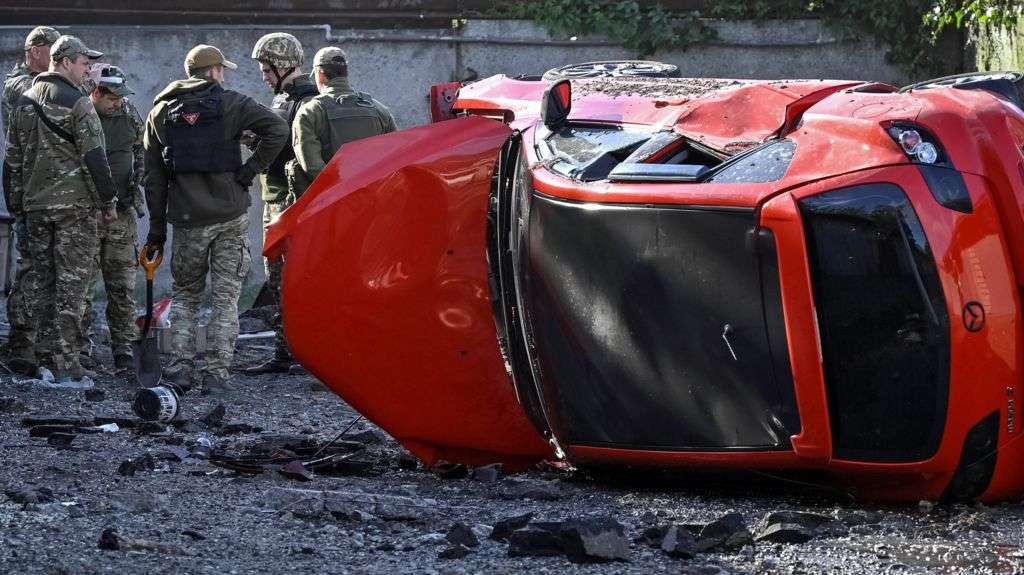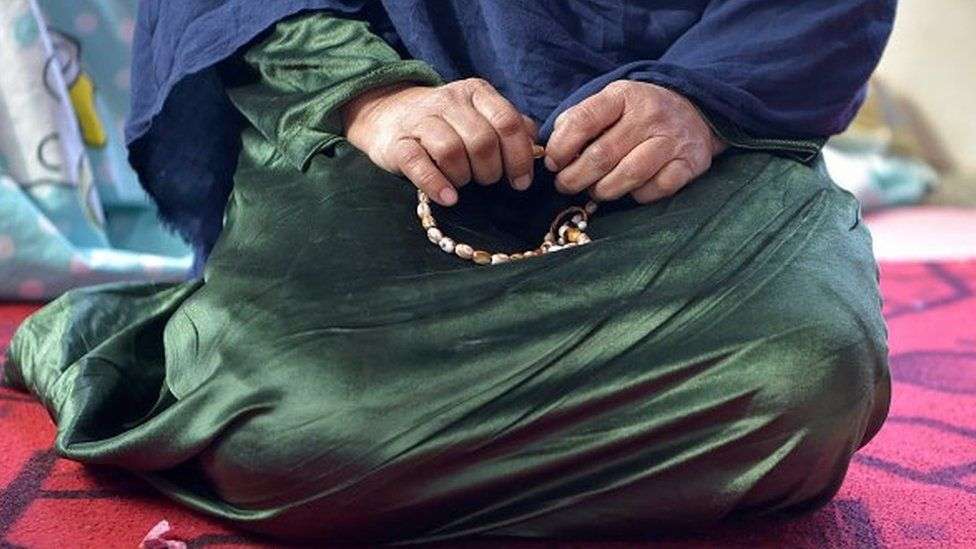Seismic activity has eased in south-west Iceland, but a volcanic eruption is still expected, scientists say.
Although more than 500 earthquakes have hit the Reykjanes Peninsula since midnight, they have been weaker than over the past two days.
But experts stress a 15km-long (9 mile) river of magma running under the peninsula is still active, threatening the now-evacuated town of Grindavik.
Most tremors have taken place under it and hundreds of people have fled.
Cracks have emerged on town roads as subsidence takes its toll on the area.
Grindavik is just 15km south of Keflavik International Airport, but flights are still arriving and departing as normal.
Travellers fear a possible repeat of the disruption caused in April 2010, when the Icelandic volcano Eyjafjallajokull erupted.
The resulting ash cloud brought chaos to the European air industry for a whole week, with more than 50,000 flights cancelled.
So far, however, no similar air pollution has occurred.
One man who was forced to abandon Grindavik has said he fears he might never see his home again.
Gisli Gunnarsson, 29, a music composer who was born and raised in the town, told the PA news agency that the situation was "grim".
His girlfriend Caitlin McLean, from Scotland, who was visiting him at the time, captured the moment on Friday when the furniture and light fixtures shook violently in Mr Gunnarsson's home.
"At around four on Friday, [the earthquakes] just started being non-stop. Just constant big quakes for hours," Mr Gunnarsson said.
"First and foremost, the thought that you might never see your home town ever again, that's tough.
"We all rushed out of [Grindavik] so quickly, in a matter of hours, so we didn't really think at the time that might possibly be the last time we see our home, so that's been difficult."
Thousands of tremors have been recorded around the nearby Fagradalsfjall volcano in recent weeks.
They have been concentrated in the Reykjanes Peninsula, which had remained dormant to volcanic activity for 800 years before a 2021 eruption.
Iceland has declared a state of emergency, while the Icelandic Meteorological Office has said there is considerable risk of an eruption.
Thor Thordason, professor of volcanology at the University of Iceland, told the BBC that magma was now less than 800m below the surface and that an eruption appeared imminent.
"Unfortunately, the most likely eruption side appears to be within the boundary of the town of Grindavik," he added.








